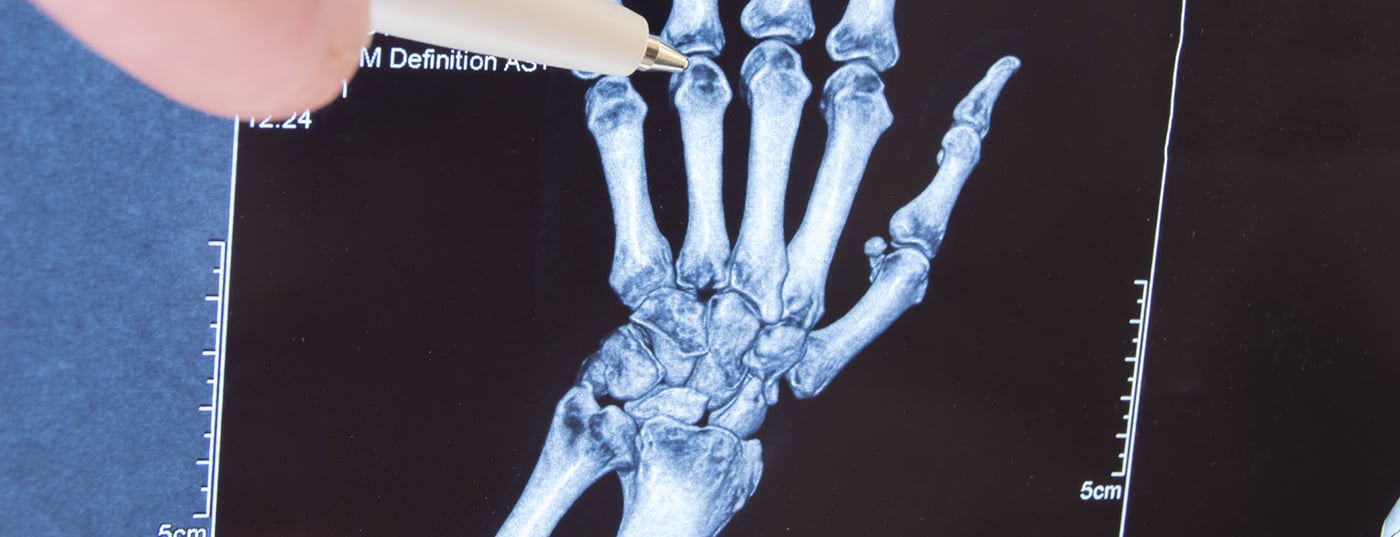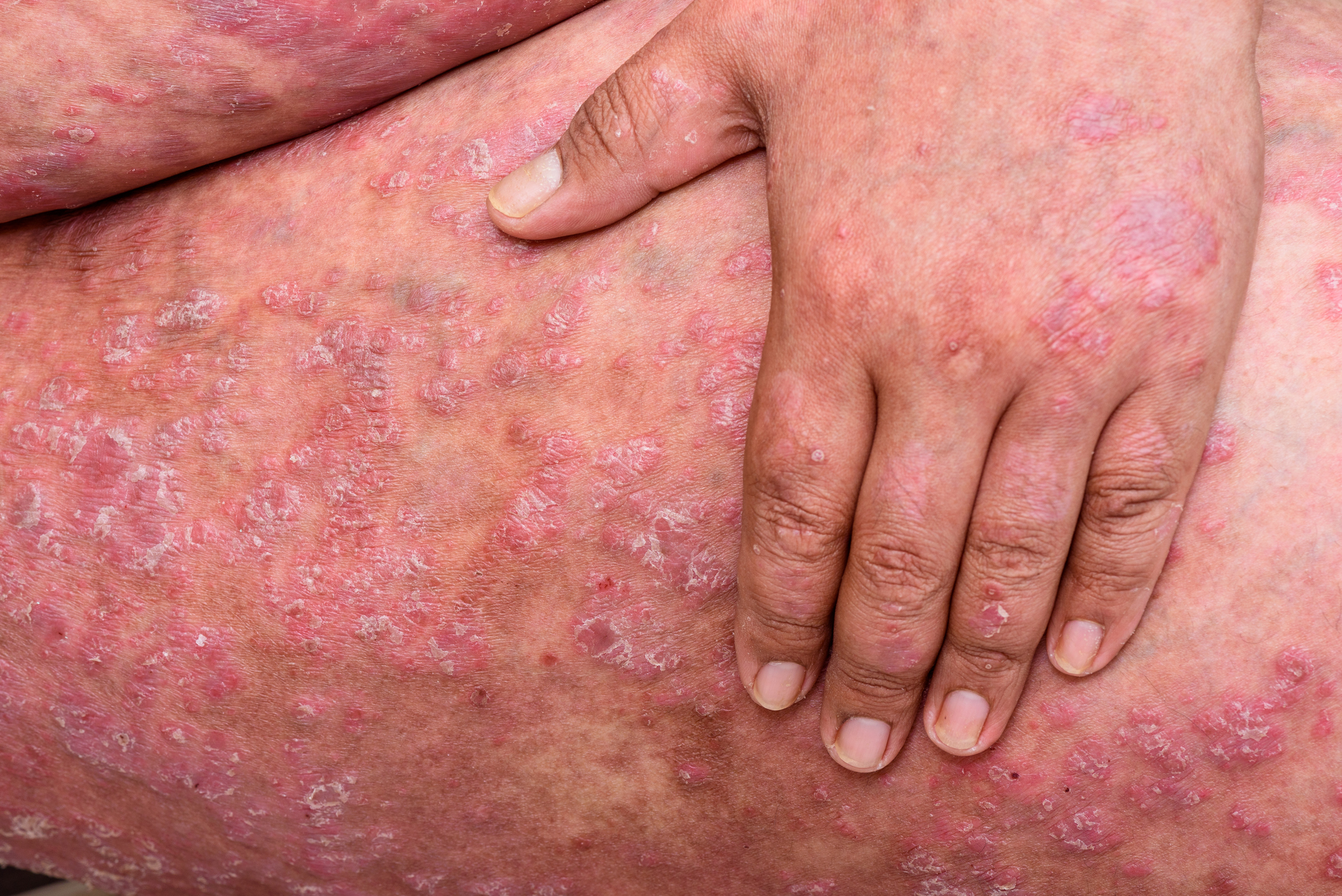The increased risk of infection after surgical procedures necessitates temporary adjustment of basic anti-inflammatory therapy in patients with rheumatic diseases. However, medication breaks may be shortened based on new study results, with different rules for each agent. The German Society for Rheumatology (DGRh) has therefore updated its recommendations to include newly approved active substances.
Patients with inflammatory rheumatic diseases have an increased risk of postoperative complications, especially infections after joint replacement. At the same time, the risk of a disease flare-up increases after every surgical intervention. “Therapy breaks should therefore be as short as possible, but as long as necessary,” says Professor Klaus Krüger, MD, head of the St. Bonifatius Rheumatology Practice Center in Munich. “It must be taken into account that each patient has an individual risk profile and that each disease-modifying antirheumatic drug or DMARD must be considered individually due to its pharmacological properties,” added the spokesperson of the DGRh Commission on Pharmacotherapy.
The DGRh had already taken this into account in 2014 through evidence-based recommendations. New DMARDs have since been approved and have expanded treatment options. These include JAK inhibitors and the PDE4 inhibitor apremilast, as well as some interleukin blockers, which are included in the new recommendations. New study results have also been added, which have improved the assessment of risks. “The risk of infection has decreased significantly over the last two decades,” reports Professor Krüger. After hip arthroplasty, complications are only half as frequent as in the 1990s. This could also be a result of improved rheumatic treatments, the expert said, since disease activity contributes significantly to the risk of infection. It is therefore of crucial importance to optimize medication in advance of a planned operation.
In patients who are dependent on glucocorticoids, the dose should be reduced as much as possible, advises Katinka Albrecht, MD, a member of the DGRh Commission on Pharmacotherapy. “We consider a dose of 10 mg prednisone equivalent per day to be the limit. The lower the dose, the better.” According to the acting group leader at the German Rheumatism Research Center Berlin (DRFZ), new larger studies have confirmed that the steroid dose is the decisive factor for the risk of infection.
Recommendations for individual DMARDs are based on the half-life of the agents or, more conveniently, on dosing intervals. “Based on the new study results, we advise a pause of one dosing interval instead of two, in line with U.S. recommendations,” Dr. Albrecht said. It should be noted, however, that for some DMARDs the immunologic effects persist beyond the drop in drug levels. This applies, for example, to rituximab, but also to the new JAK inhibitors.
The detailed recommendations should therefore not be understood as a “prescription book,” emphasizes DGRh President Prof. Dr. med. Andreas Krause, chief physician at Immanuel Hospital Berlin: “It is always important to keep the individual patient in mind, and to coordinate the procedure on an interdisciplinary basis with all those treating the patient – with internal and orthopedic rheumatologists, surgeons and general practitioners – in order to achieve a good result for each patient.”
Original publication:
Albrecht, K., Poddubnyy, D., Leipe, J. et al. Perioperative management of therapy for patients with inflammatory rheumatic diseases. Z Rheumatol (2021). https://doi.org/10.1007/s00393-021-01140-x












